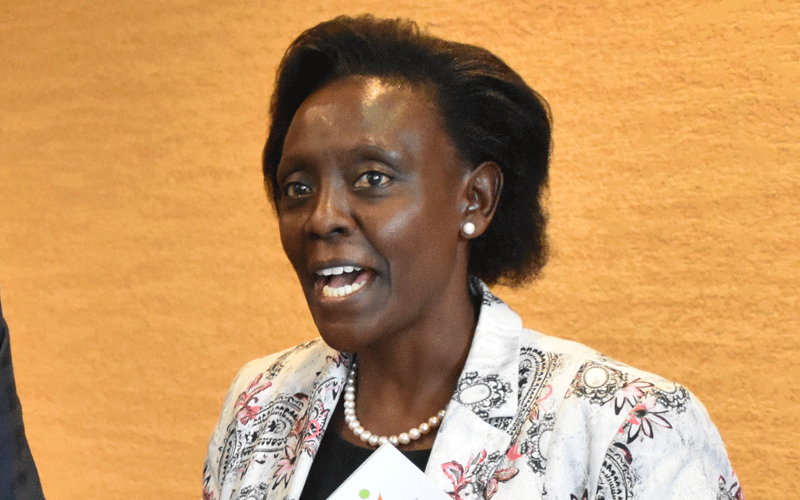Counties face tough balancing act as allocation review looms
By Lewis Njoka, February 11, 2020Lewis Njoka @LewisNjoka
A number of counties could see their equitable share allocation reduce by more than Sh400 million once the new basis for revenue allocation proposed by the Commission for Revenue Allocation (CRA) comes into force.
The new system for revenue sharing (third basis) will see counties allocated funds based on their constitutional functions unlike before when the allocation was predicated on expenditure.
Some of the counties which could see their equitable share allocation decrease, if the new basis is adopted, include Marsabit, Wajir, Mandera, Tana River, Kilifi, Kwale, Mombasa and Machakos.
This is in comparison to the money they were allocated in the current 2019/20 financial year. The commission, however, noted that the recommended allocations might change as it incorporates the data from last year’s population census.
To mitigate the effect of the reduction on the counties, CRA is proposing 15 per cent of equitable share revenue be set aside to cushion counties whose current allocations will reduce by more than Sh400 million, once the basis is adopted.
It also proposes that the new basis, which factors in the unique needs of urban areas, be adopted in phases.
The third basis, if approved by Parliament will be used to share revenue among county governments for the next five financial years (2020/21 to 2024/25) and seeks to achieve four objectives in a bid to align county funding to functions assigned by the constitution.
In a departure from the first and second basis, this third basis is predicated on constitutional provision in Article 187(2)(a) which entrenches the principle of “finance should follow functions”.
“In this regard the basis has four objectives which seek to closely align funding to functions assigned to county governments,” CRA Chairperson Jane Kiringai, said in a statement.
The Commission, she added, recommends that if there is significant variation on the shareable resources to the counties, the third basis be implemented in a phased-in manner over a period of one year to cushion counties whose allocations for the FY 2020/21 will be significantly reduced.
“For this reason, the Commission recommends the setting aside of 15 per cent of the annual equitable share increment to cushion counties with a reduction exceeding Sh400 million emanating from adoption of the third basis,” Kiringai said.
The objectives are; enhancing equitable service delivery, addressing developmental gaps and economic disparities among counties, enhancing the capacity of counties to raise own revenue, and incentivising county governments to adhere to principles of fiscal responsibility.
Each of the four objectives has been allocated a specific weight with enhancing service delivery (70 per cent) promoting balanced development (26 per cent) while revenue collection and prudent use of resources have a two per cent weight.
Under the equitable service objective, the one with the highest weight at 70 per cent, basic share has been allocated 20 per cent weight, services such Early Childhood Development Education (ECDE) and Technical and Vocational Education and Training (TVETs),18 per cent, health (17 per cent) agriculture (10 per cent) while urban areas receive a five per cent weight.
Highest amount
As per the proposed basis, a county’s population will comprise 18 per cent of its equitable share allocation, land area 8.1 per cent, while counties will be allocated two per cent of all revenues they raise as equitable share revenue.
In this regards, Nairobi County receive the highest for population, Turkana, Marsabit Wajir and Garissa will receive the highest for land surface area, while Narok will receive the highest amount as a percentage of locally generated revenue.
The first basis was used to allocate revenue to counties from financial year 2013/14 to 2016/17 while the second basis was used from 2017/18 to 2019/20. The proposed share of revenue to the counties was done using data from the 2009 census.
Following the publication of last year’s population census, some counties have raised concerns about the number of people reported by the Kenya National Bureau of Statistics.
